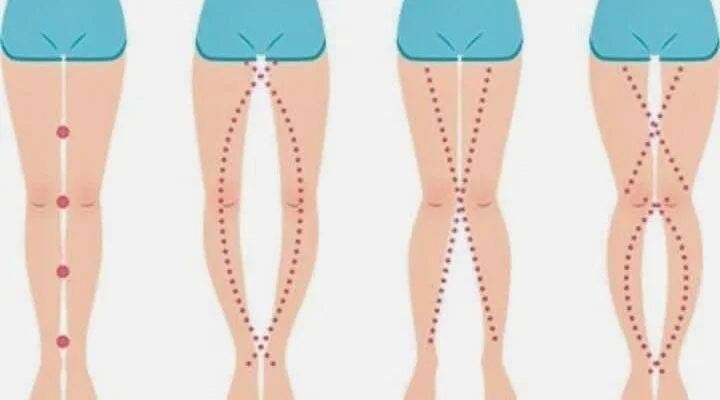
The most important thing you should know about vaginas:
- The vagina connects the vulva to the cervix.
- As you age, your vagina ages too!
- When you are aroused, blood flows into the vagina to enlarge it and more arousal fluid is produced.
People often use the term vagina to refer to the entire female genital region between the legs, but this is incorrect.
Let’s start by correcting this terminology. The vulva is the correct name for the external parts of the female genitals. This includes the glans of the clitoris, the labia minora and majora , the opening of the urethra and vagina (the introitus), and the surrounding tissue.


What is a vagina?
The vagina is the passageway that connects the vulva and the cervix . This passageway connects the uterus to the outside world. It’s where babies emerge during birth and where menstrual blood flows out during menstruation. It’s also used for insertion, such as with the penis, fingers, female condoms, sex toys, tampons, or menstrual cups .
The vagina can also serve as a gateway to other parts of the body. During sexual intercourse between the penis and vagina, ejaculate is deposited in the vagina, allowing sperm to enter the uterus through the cervix. The vaginal walls can also be used as a route for administering medications and contraceptives, such as intervaginal hormonal creams, the hormonal vaginal contraceptive ring, or vaginal suppositories.
Anatomy of the vagina
It may seem strange that an organ capable of passing an entire baby is also capable of holding a small tampon for hours. How does that tampon stay in there? If the vagina is just a passageway, shouldn’t the tampon fall out?
The anatomy of the vagina is much more than a simple passageway. When it is relaxed (not aroused), its walls contract, flattened by the pressure of the surrounding organs and tissues within the pelvis. During this state, a cross-section of the vaginal canal ( the vaginal lumen ) may be shaped like an “H” or “W” as the walls flatten against each other (2). From the sides, the vagina offers movable support and pressure, allowing the tampon to stay in place (2,3).
The walls of the vagina are covered by numerous folds called rugae (3). The walls and folds of the vagina serve several functions, serving as a barrier and a passageway between the cervix and the outside world. All these folds allow the vagina to stretch and expand like an accordion when pressure is applied to the sides (like when a baby’s head passes through it).
The walls of the vagina are composed of different layers of tissue. The superficial layers of the vaginal wall are made up of mucous tissue, similar to that which lines the mouth, nose, and digestive tract. Beneath the mucous tissue are layers of smooth muscle, collagen, and elastin fibers, which give the vaginal anatomy its structure and stretchability (4).
Fluids are released through the walls of the vagina to keep the area moist and, during sexual arousal, to increase lubrication. The vagina can also absorb certain substances, such as medications, hormonal creams, or contraceptives (3).
How the vagina changes with age
The vagina can change a lot throughout life (1,5). The average adult vagina has a slight curvature and can measure between 7 and 12 cm in length (1,3,4); however, every body is different, and there is no such thing as a vagina that is too small or too large.
The vagina is strongly influenced by hormonal changes throughout the body. During reproductive years, after menarche (the first period) and before menopause , there are more layers of tissue lining the vagina due to stimulation by elevated levels of estrogen in the body (3).
The vagina is also affected by changes in hormone levels during pregnancy . Increased blood flow is directed to the pelvis, causing a more intense color change in the vulva and vagina (5). Throughout pregnancy, the connective tissue of the vaginal walls progressively relaxes, preparing for the birth of the baby (5). After childbirth, the vagina and vaginal opening temporarily widen, but between 6 and 12 weeks after delivery, the vagina returns to its pre-pregnancy size (5).
Pregnancy, childbirth and postpartum
Sex, fertility and contraception after childbirth
If you’re not sure how long you should wait to have sex after…
by Barbara Santen
As we age, the vaginal walls relax and their diameter widens (1). As for sexual satisfaction, vaginal size does not affect sexual function (6). The perception of vaginal tightness during sexual intercourse is primarily related to the pelvic floor muscles, present around the base of the vagina, and not to the actual width of the vaginal canal.
After menopause, when estrogen levels are lower, the vaginal walls become thinner and more fragile, which can cause symptoms of vaginal dryness and decreased vaginal secretions (5). This can cause discomfort during sex and increase the risk of vaginal irritation or infection (5).
How the vagina changes during the menstrual cycle
The vagina also changes in response to hormonal fluctuations during the menstrual cycle. Around mid-cycle, when estrogen is at its highest, vaginal tissue becomes thicker and more abundant (5).
The cervix, located at the top of the vagina, moves and changes shape throughout your cycle. Before and after the fertile window, the cervix is low and palpable in the vagina and feels firm. The opening in the center of the cervix is closed. During the fertile window, the opening in the cervix opens to make it easier for sperm to enter the uterus (7), the cervix rises higher in the vagina and feels softer to the touch (8).


